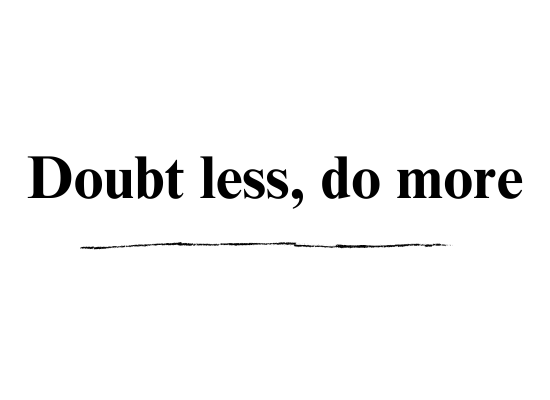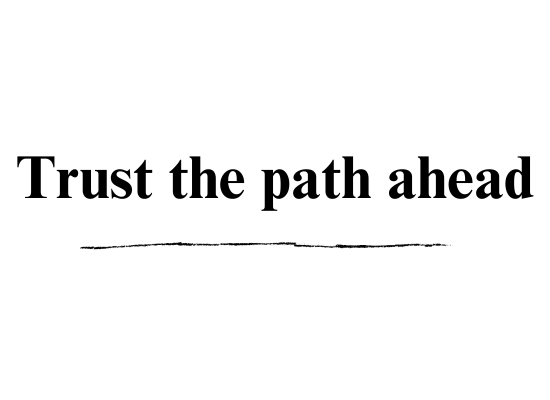The Healing Power of Deep Breathing:
Science Meets Practice

Take a second to really tune in. How are you breathing right now? Is it shallow, quick, barely making it past your chest? If so, you’re not alone. Most of us don’t even notice how we breathe, yet it’s something that quietly shapes the way we feel, think, and move through the world.
Deep breathing, though? That’s where the magic happens. It’s like giving your body a message: “Hey, it’s okay. Let’s slow down, reset, and just be.”
What Makes Deep Breathing So Powerful
Deep breaths go beyond just filling your lungs. They activate your diaphragm—a strong muscle right under your ribs—helping you pull in more oxygen and release tension. It’s not just about feeling relaxed, either. Deep breathing actually changes how your body functions.
When you’re stressed, your breathing gets shallow, your heart races, and your muscles tighten. That’s your body’s “fight or flight” mode kicking in. But when you take slow, deep breaths, you flip the switch to “rest and digest.” This is your body’s natural way of calming down, healing, and recharging.
Science has been saying this for years. Deep breathing lowers cortisol levels (your stress hormone), steadies your heart rate, and even improves your immune system by reducing inflammation. It’s like a built-in tool to help you handle life’s curveballs.
Simple Deep Breathing Exercises
Ready to give it a try? Here are a few ways to start practicing deep breathing:
1. The Belly Breath
This one’s as basic as it gets, but it works wonders.
– Sit comfortably or lie down.
– Put one hand on your chest and the other on your belly.
– Breathe in deeply through your nose, letting your belly rise under your hand. Try to keep your chest still.
– Exhale slowly through your mouth, letting your belly fall.
Do this for a few minutes, focusing on the rise and fall of your belly.
2. The 4-7-8 Reset
Feeling frazzled? This technique is like a reset button for your brain.
– Breathe in quietly through your nose for 4 counts.
– Hold the breath for 7 counts.
– Exhale completely through your mouth for 8 counts.
Repeat this four times. It’s great for calming down before bed or anytime you feel overwhelmed.
3. Equal Breathing
This one’s all about balance and rhythm.
– Inhale through your nose for a count of 5.
– Exhale through your nose for the same count of 5.
Keep the pace steady for a few minutes. It’s perfect for centering yourself during a busy day.
Science has been saying this for years. Deep breathing lowers cortisol levels (your stress hormone), steadies your heart rate, and even improves your immune system by reducing inflammation. It’s like a built-in tool to help you handle life’s curveballs.
Making It a Habit
The best part about deep breathing? You don’t need to carve out an hour or find a quiet spot. You can do it anywhere—while you’re waiting in line, sitting in traffic, or lying in bed. Start with just a few breaths here and there, and let it grow into a regular part of your day.
When you practice deep breathing consistently, it starts to ripple out into other areas of your life. You feel more grounded, more present, and better equipped to handle whatever comes your way.
Your breath is always there for you—steady, dependable, and ready to help. The more you tune into it, the more you unlock its power to heal, calm, and energize you. So, why not take a deep breath and see what changes?



